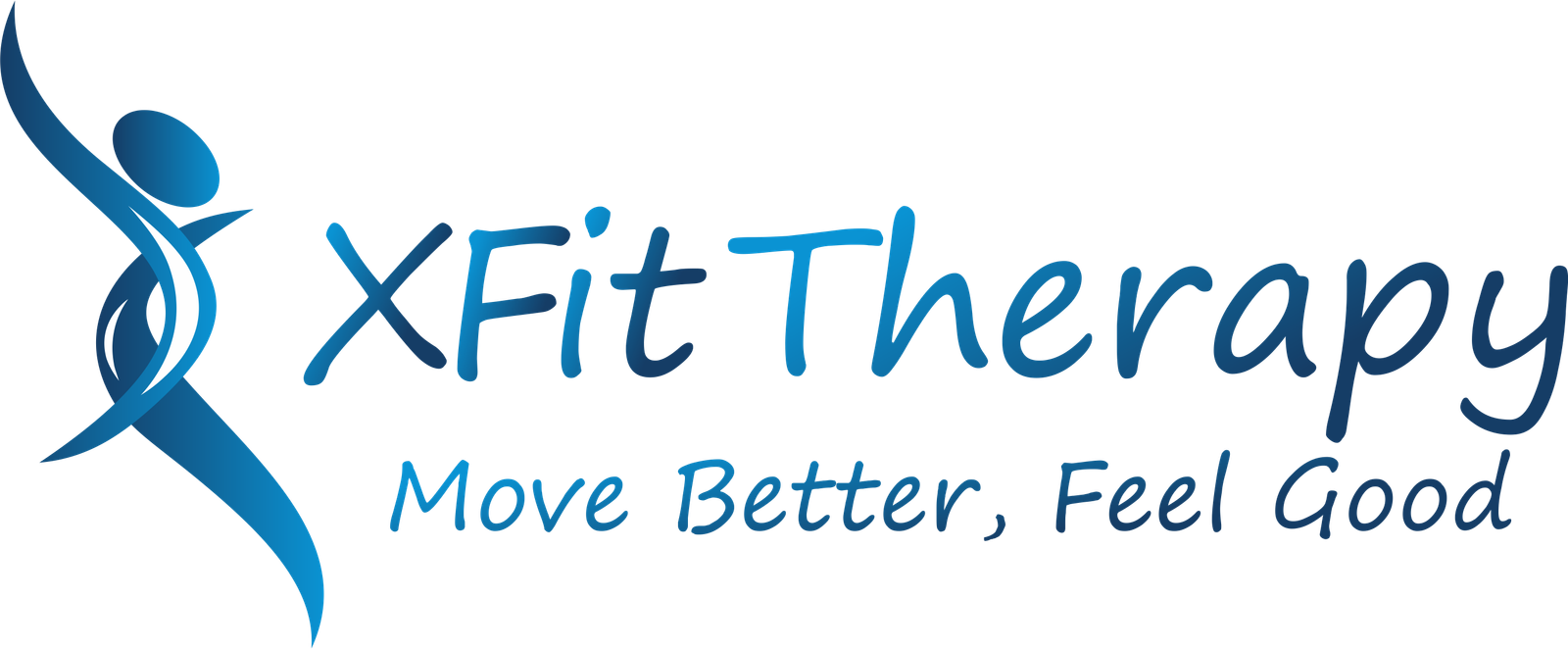
Our pediatric rehabilitation is designed to improve the abilities of children with major injury, illness or medical procedures which affect their function and to improve quality of life of children. Our Pediatric rehabilitation programs aim to maximize the ability of the child to participate in activities at home, school and in the community.
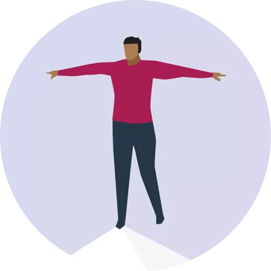
Issues affecting the ability to maintain stability and equilibrium, leading to increased risk of falls and decreased mobility."
Balance problems

Damage to the network of nerves controlling movement and sensation in the shoulder, arm, and hand, often resulting from trauma or childbirth complications.
Brachial plexus injury

Lifelong neurological condition affecting movement and coordination, stemming from early brain abnormalities.
Cerebral palsy
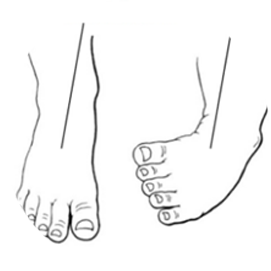
A congenital condition where one or both feet are twisted inward and downward, requiring early intervention for correction to enable normal function and mobility.
Club foot
Balance problems
Issues affecting the ability to maintain stability and equilibrium, leading to increased risk of falls and decreased mobility.
Balance problems
Brachial plexus injury
Damage to the network of nerves controlling movement and sensation in the shoulder, arm, and hand, often resulting from trauma or childbirth complications.
Brachial plexus injury
Cerebral palsy
Lifelong neurological condition affecting movement and coordination, stemming from early brain abnormalities.
Cerebral palsy
Club foot
A congenital condition where one or both feet are twisted inward and downward, requiring early intervention for correction to enable normal function and mobility.
Club foot
Down syndrome
A genetic disorder resulting in developmental delays, distinct facial features, and often associated with various health issues, impacting physical and cognitive abilities.
Down syndrome
Gait disturbance
Impaired walking pattern often resulting from neurological, musculoskeletal, or systemic conditions, causing instability and altered movement coordination.
Gait disturbance

A genetic disorder resulting in developmental delays, distinct facial features, and often associated with various health issues, impacting physical and cognitive abilities.
Down syndrome

Impaired walking pattern often resulting from neurological, musculoskeletal, or systemic conditions, causing instability and altered movement coordination.
Gait disturbance

A rare neurological disorder causing rapid onset muscle weakness, tingling sensations, and in severe cases, paralysis, often triggered by infections.
Guillain-Barre syndrome

Conditions causing abnormal or impaired movements, including Parkinson's disease, dystonia, and essential tremor, among others.
Movement disorders
Guillain-Barre syndrome
A rare neurological disorder causing rapid onset muscle weakness, tingling sensations, and in severe cases, paralysis, often triggered by infections.
Guillain-Barre syndrome
Movement disorders
Conditions causing abnormal or impaired movements, including Parkinson's disease, dystonia, and essential tremor, among others.
Movement disorders
Muscular dystrophy
Genetic disorders characterized by progressive muscle weakness and degeneration, impacting mobility and often leading to disability.
Muscular dystrophy
Spina bifida
Neural tube defect causing spinal cord issues, paralysis, and associated neurological complications, often present at birth.
Spina bifida
Spinal muscular atrophy (SMA)
A genetic disorder causing progressive muscle weakness and atrophy due to the loss of motor neurons in the spinal cord, leading to impaired movement and respiratory function.
Spinal muscular atrophy (SMA)
Toe walking in children
A gait pattern where a child walks on their toes rather than with a normal heel-to-toe stride, which can be a sign of various underlying conditions or simply a habit.
Toe walking in children
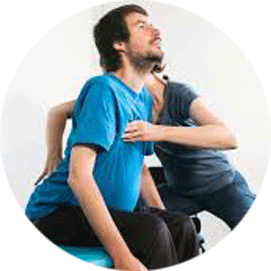
Genetic disorders characterized by progressive muscle weakness and degeneration, impacting mobility and often leading to disability.
Muscular dystrophy

Neural tube defect causing spinal cord issues, paralysis, and associated neurological complications, often present at birth.
Spina bifida

A genetic disorder causing progressive muscle weakness and atrophy due to the loss of motor neurons in the spinal cord, leading to impaired movement and respiratory function.
Spinal muscular atrophy (SMA)

A gait pattern where a child walks on their toes rather than with a normal heel-to-toe stride, which can be a sign of various underlying conditions or simply a habit.
Toe walking in children
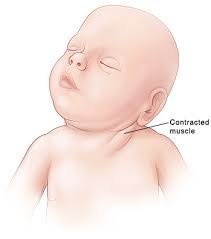
A condition characterized by a twisted or tilted neck position, often due to muscle tightness or injury, resulting in limited range of motion and discomfort.
Torticollis

Damage to the brain caused by an external force, resulting in a range of cognitive, physical, and emotional impairments, depending on the severity and location of the injury.
Traumatic brain injury

A condition where neurological symptoms arise without an underlying organic cause, often triggered by psychological stressors, leading to physical impairments or disturbances.
Functional neurologic disorder/conversion disorder
Torticollis
A condition characterized by a twisted or tilted neck position, often due to muscle tightness or injury, resulting in limited range of motion and discomfort.
Torticollis
Traumatic brain injury
Damage to the brain caused by an external force, resulting in a range of cognitive, physical, and emotional impairments, depending on the severity and location of the injury.
Traumatic brain injury
Functional neurologic disorder/conversion disorder
A condition where neurological symptoms arise without an underlying organic cause, often triggered by psychological stressors, leading to physical impairments or disturbances.
